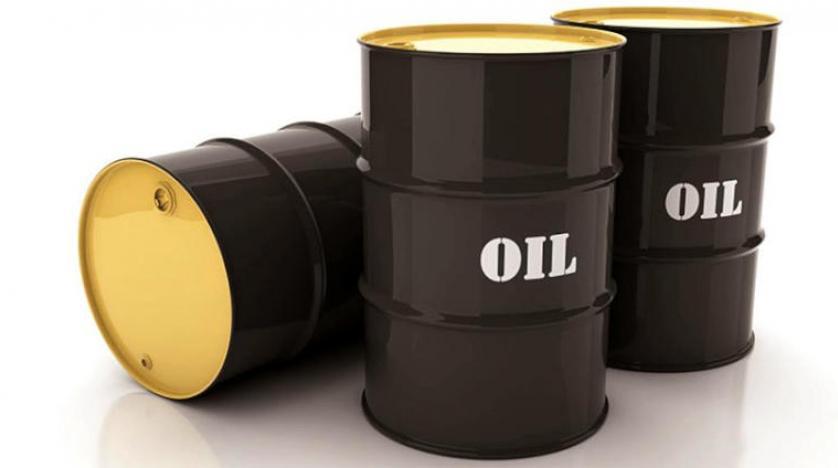Crude Oil
Saudi Arabia and Russia’s Supply Cuts Lift Oil Prices, Defying Global Economic Concerns
Voluntary cuts by Saudi Arabia and export reduction by Russia overshadow worries of economic slowdown and interest rate hikes

Oil prices rose on Monday as Saudi Arabia and Russia, two of the world’s top oil exporters, announced significant supply cuts for August.
The move comes despite growing concerns over a global economic slowdown and the potential for further increases to U.S. interest rates.
Saudi Arabia, through its state news agency, revealed that it would extend its voluntary cut of one million barrels per day (bpd) for another month, encompassing August. In tandem with this, Russia’s Deputy Prime Minister Alexander Novak announced a reduction of 500,000 bpd in oil exports for the same period, aiming to bolster global oil prices in collaboration with Saudi Arabia.
These combined supply cuts account for 1.5% of global supply and bring the total pledged cuts by OPEC+ oil producers to 5.16 million bpd. Both Riyadh and Moscow have been striving to lift prices, with Brent crude dropping from $113 per barrel a year ago due to concerns of an economic slowdown and abundant supplies from major producers.
Despite worries over the state of the global economy, Brent crude oil witnessed a 0.6% increase, or 43 cents to $75.84 a barrel following a 0.8% gain on Friday.
Similarly, U.S. West Texas Intermediate crude rose 0.7%, or 48 cents to $71.12, building on the 1.1% increase from the previous session.
Analysts and investors are expressing a newfound optimism as the second half of the year begins, anticipating a tighter oil balance.
Tamas Varga, an analyst at PVM, said: “Investors are turning upbeat as the second half of the year kicks off; they expect tighter oil balance and buoyant equities also suggest that recession will be avoided, albeit probably narrowly.”
Earlier in the session, oil prices had fallen due to concerns arising from business surveys showing a decline in global factory activity in June. Sluggish demand in China and Europe cast a shadow over the outlook for exporters.
Also, fears of an economic slowdown affecting fuel demand were fueled by U.S. inflation continuing to surpass the central bank’s 2% target, leading to expectations of further interest rate hikes.
It is worth noting that higher interest rates could strengthen the dollar, potentially making commodities like oil more expensive for buyers holding other currencies.
However, for now, the announcement of supply cuts by Saudi Arabia and Russia has managed to outweigh these concerns and reignite a sense of optimism in the oil market.